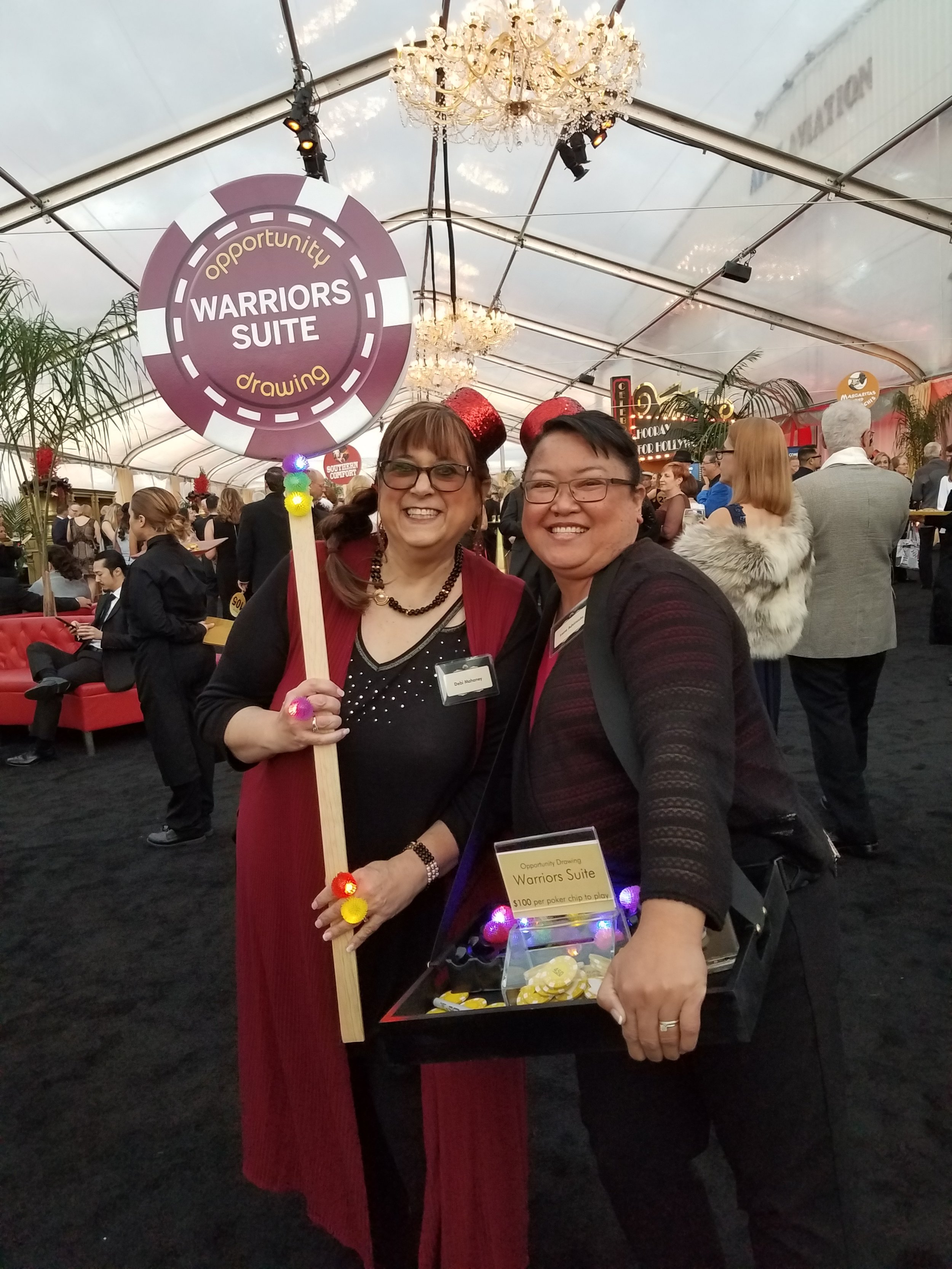After you have solicited your auction items and written the copy for the live auction catalog, there is still one final decision to be made: Should you include the fair market value of your auction items in your catalog? Most committees see this as a yes or no option – print the fair market value or print nothing. There is a third option that often helps accomplish the goals of the catalog more directly: opening bid.
In addition to being a marketing piece, the catalog helps set bidders’ expectations. Hopefully, the catalog helps bidders establish a budget for how much they think they’ll need to spend if they want to win a particular lot.
If you print nothing in the catalog, you give your bidders no clues for setting their own expectations. Pricing for items with an easily identifiable retail value can be looked up online. For any “priceless” experiences, however, your bidders will be completely left to their own imaginations.
The traditional option is to print the fair market value of each lot in the catalog, and while this has worked fine for many events, there are still two main issues with this practice. First, it has the potential to set a ceiling by stating what each lot is worth. Second, some lots are, by definition, priceless. Guaranteed reservations at a popular restaurant, for example, have literally no declarable value. But the perceptual value is often ridiculously high.
“Priceless” can be an acceptable substitute for fair market value on a small percentage of your auction catalog. However, if over half of your catalog is an experience that cannot otherwise be purchased, “priceless” and all of its synonyms begin to lose their power.
Printing the opening bid for each lot in your catalog manages expectations, honors fair market values, and accounts for “priceless” auction items. Informing bidders of where the bidding for each auction lot is going to begin encourages bidders to do some of their own math without placing a ceiling on value. It also helps to manage expectations when an auction lot has an extremely opening bid by removing the unnecessary element of surprise.
Printing the opening bids also makes sure your committee is doing its due diligence by evaluating each auction lot to find a fair and enticing starting point. The opening has to be appropriate for the lot – and your crowd.
Finally, if you are going to print opening bids in your catalog, you need to commit to them. The power of the printed opening bid evaporates if your auctioneer consistently drops to a lower price point.













